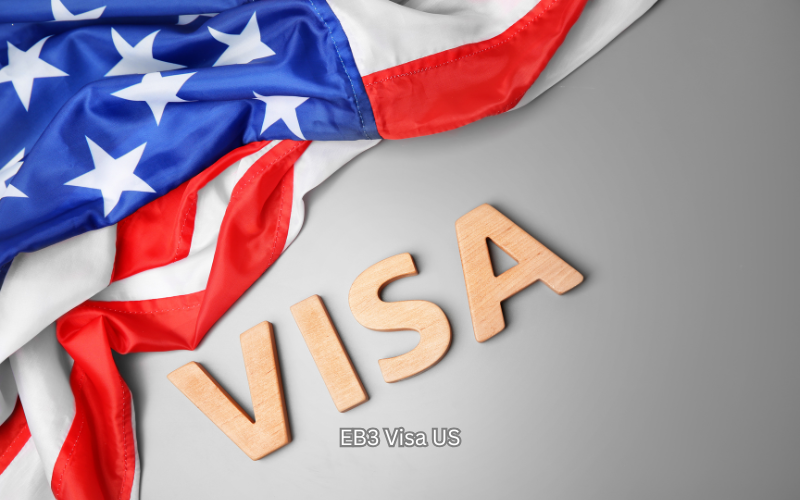
As the U.S. Department of State’s most recent Visa Bulletin for June 2025 indicates no forward movement for the EB-3 visa category for Indian citizens, Indian nurses hoping to work in the United States are once again disappointed. Despite a severe nursing shortage in the American healthcare system, this stalemate lengthens the already lengthy wait periods for these highly qualified experts.
One popular route for skilled workers, including nurses, to get permanent residency in the United States is through the Employment-Based Third Preference (EB-3) visa. However, there have traditionally been large backlogs and retrogressions in the processing of these visas because of annual country-specific restrictions and considerable demand, especially from India.
India’s EB-3 priority dates for June 2025 have not changed, despite slight improvements in those of other nations like the Philippines and Mexico. This implies that the only Indian nurses who can proceed with their applications are those whose priority dates are extremely old (they now go back to April 15, 2013, for EB-3 skilled workers and professionals). The aspirations of thousands of other competent Indian nurses who have more recent priority dates to work in the United States are placed on wait, leaving them in a situation of protracted uncertainty.
The U.S. healthcare system is currently facing a significant and expanding nursing shortage, and this ongoing lack of movement for Indian EB-3 visa applicants comes at a crucial time. A sizeable percentage of the nursing workforce in the United States is made up of international nurses, especially those from India, who are essential in addressing urgent staffing shortages. It is anticipated that the strain on hospitals and healthcare facilities will be further increased by the inability to import more qualified nurses from India due to visa restrictions. This could result in longer wait times for patients, more work and burnout for current employees, and even a decline in the standard of patient care.
Legislative action to alleviate these immigration bottlenecks has been consistently called for by industry professionals and healthcare organisations. Proposals for such solutions include recapturing unused visas from prior years. The current circumstance demonstrates the discrepancy between the restrictions placed by the United States’ immigration laws and the country’s demand for medical personnel.
The most recent visa bulletin’s recommendation for Indian nurses is to remain patient and persistent. Immigration specialists urge applicants to make sure all of their documentation is in order, keep up with changes to the visa bulletin, and keep gaining professional experience even though the road to a U.S. career is still difficult and uncertain. It is still hoped that upcoming policy adjustments or visa announcements will provide much-needed relief and provide these committed healthcare professionals with new opportunities.
Source: Economic Times, 13 May 20205
